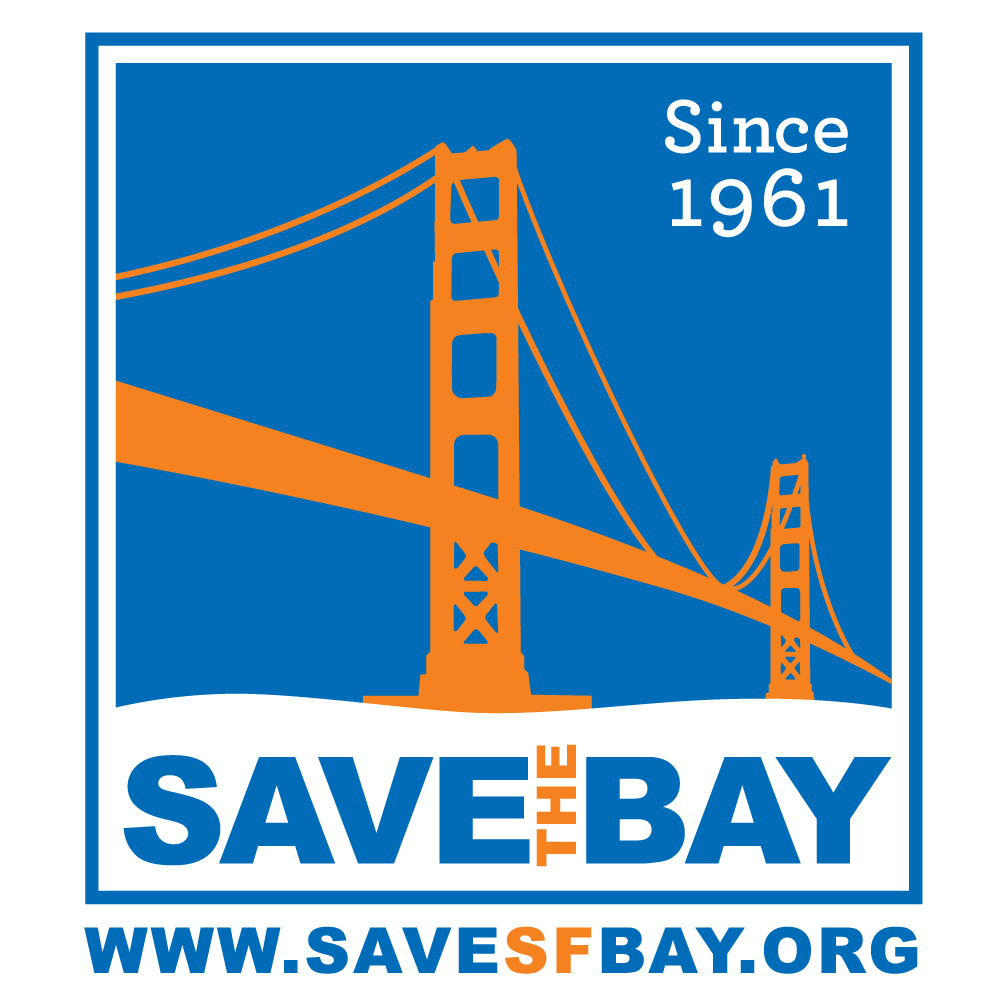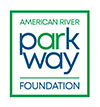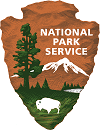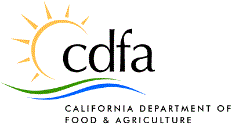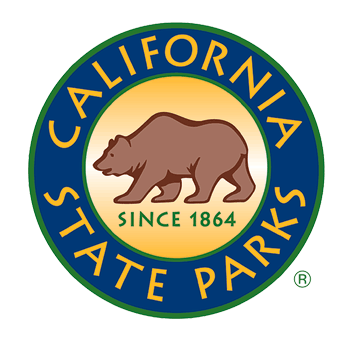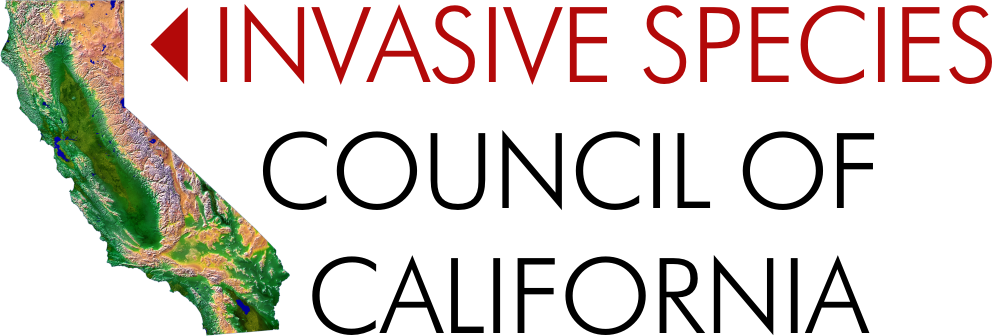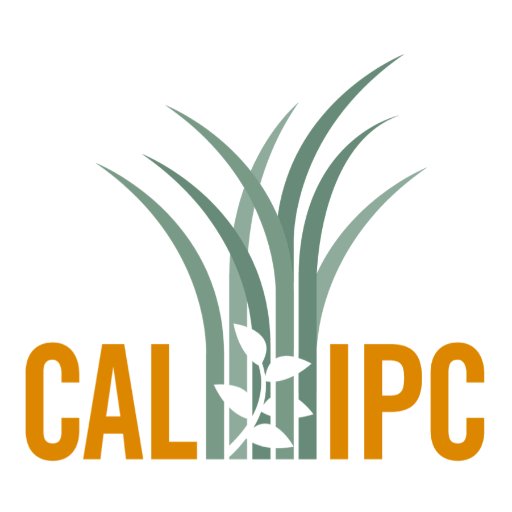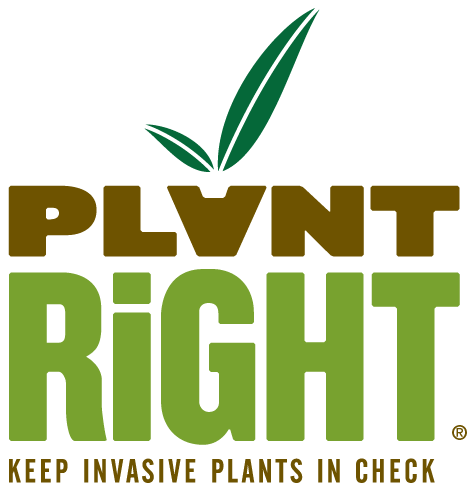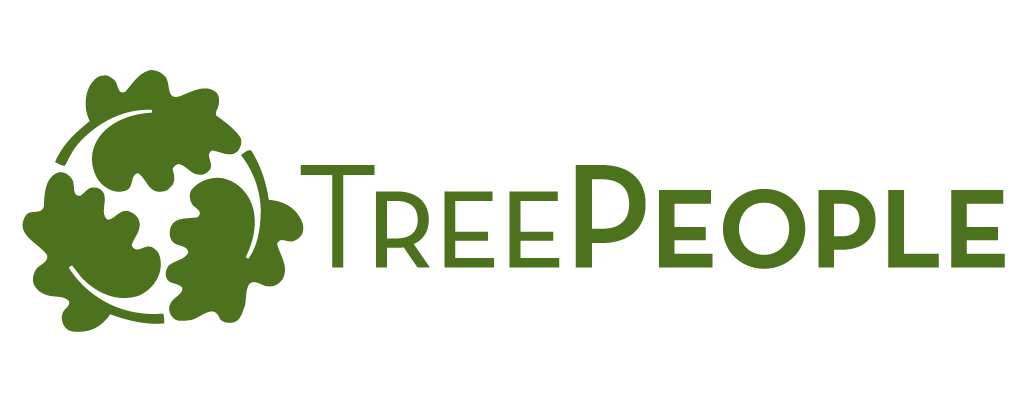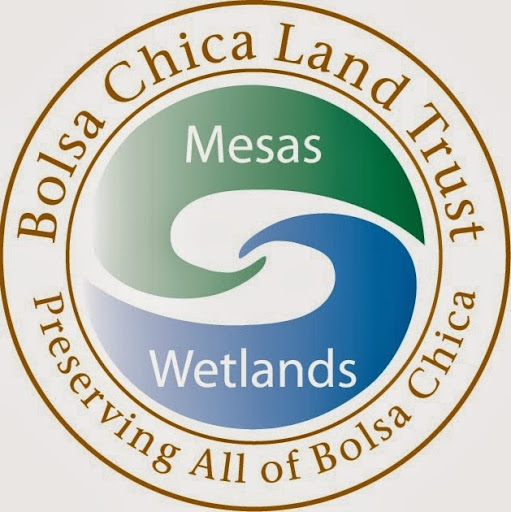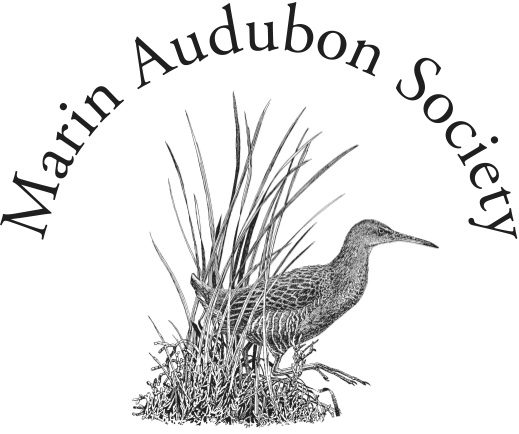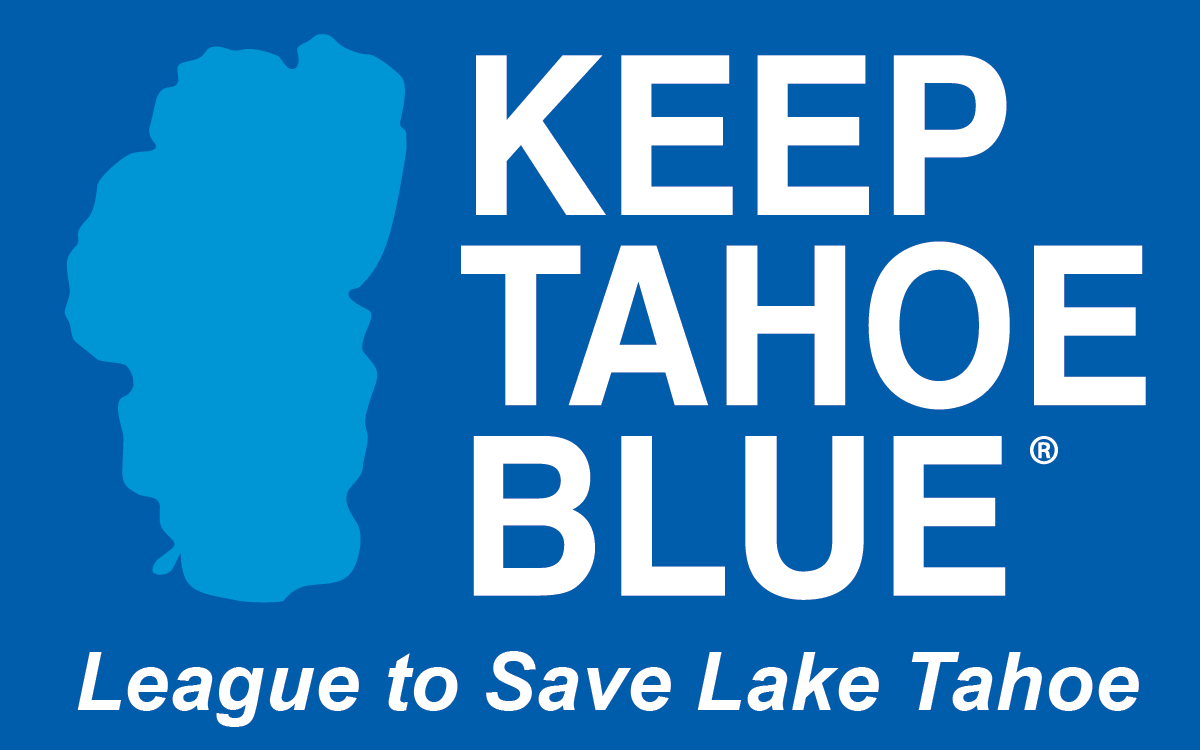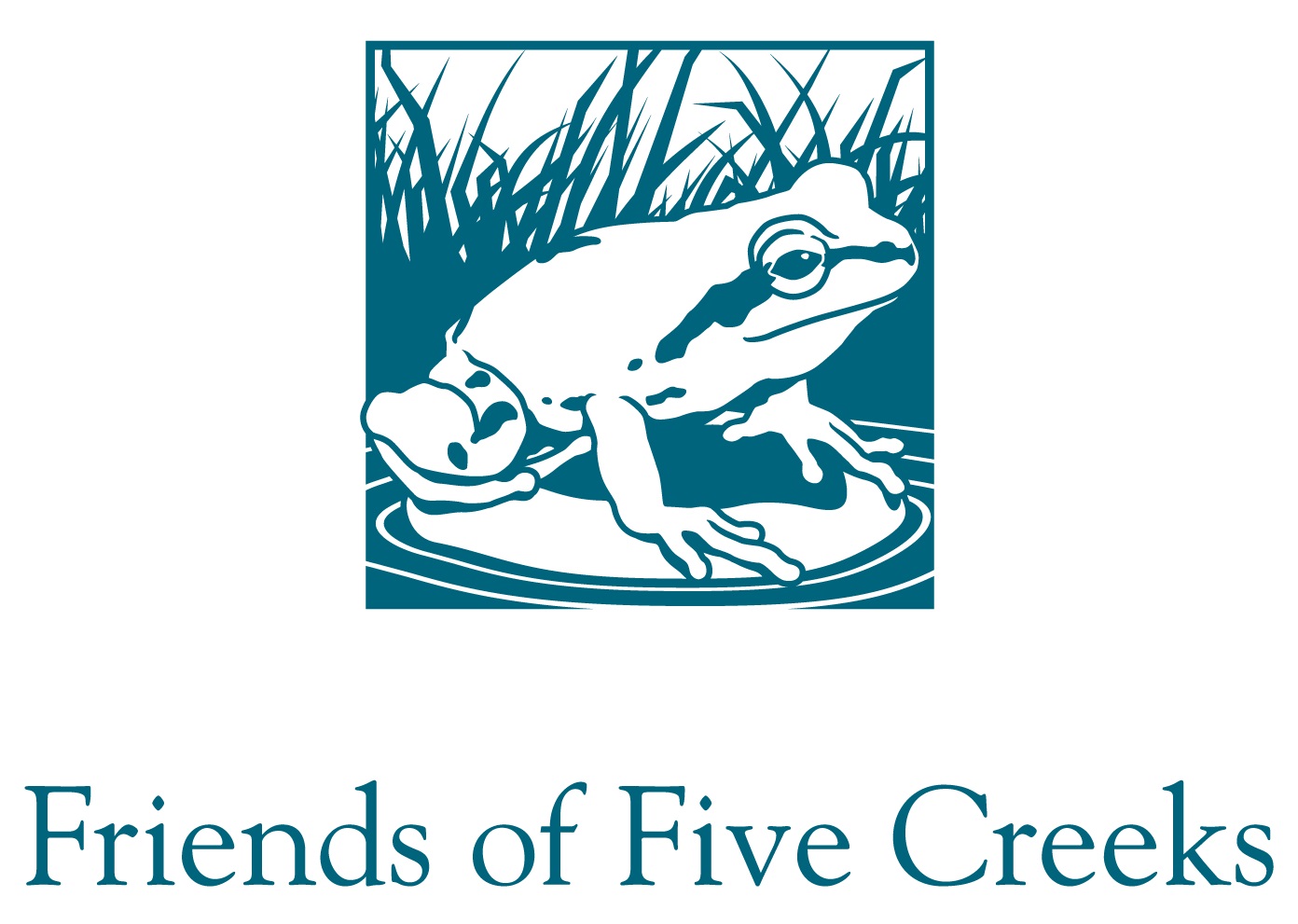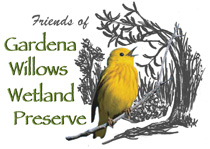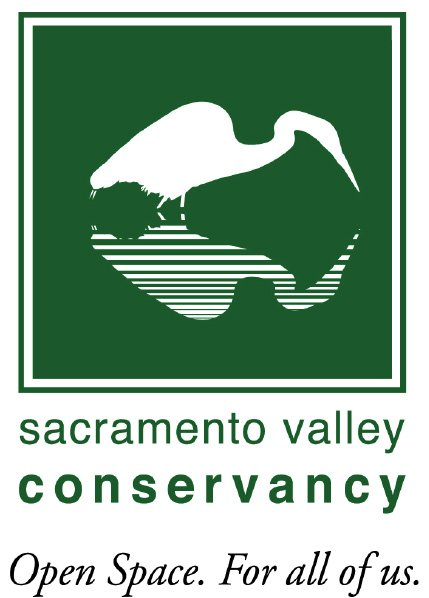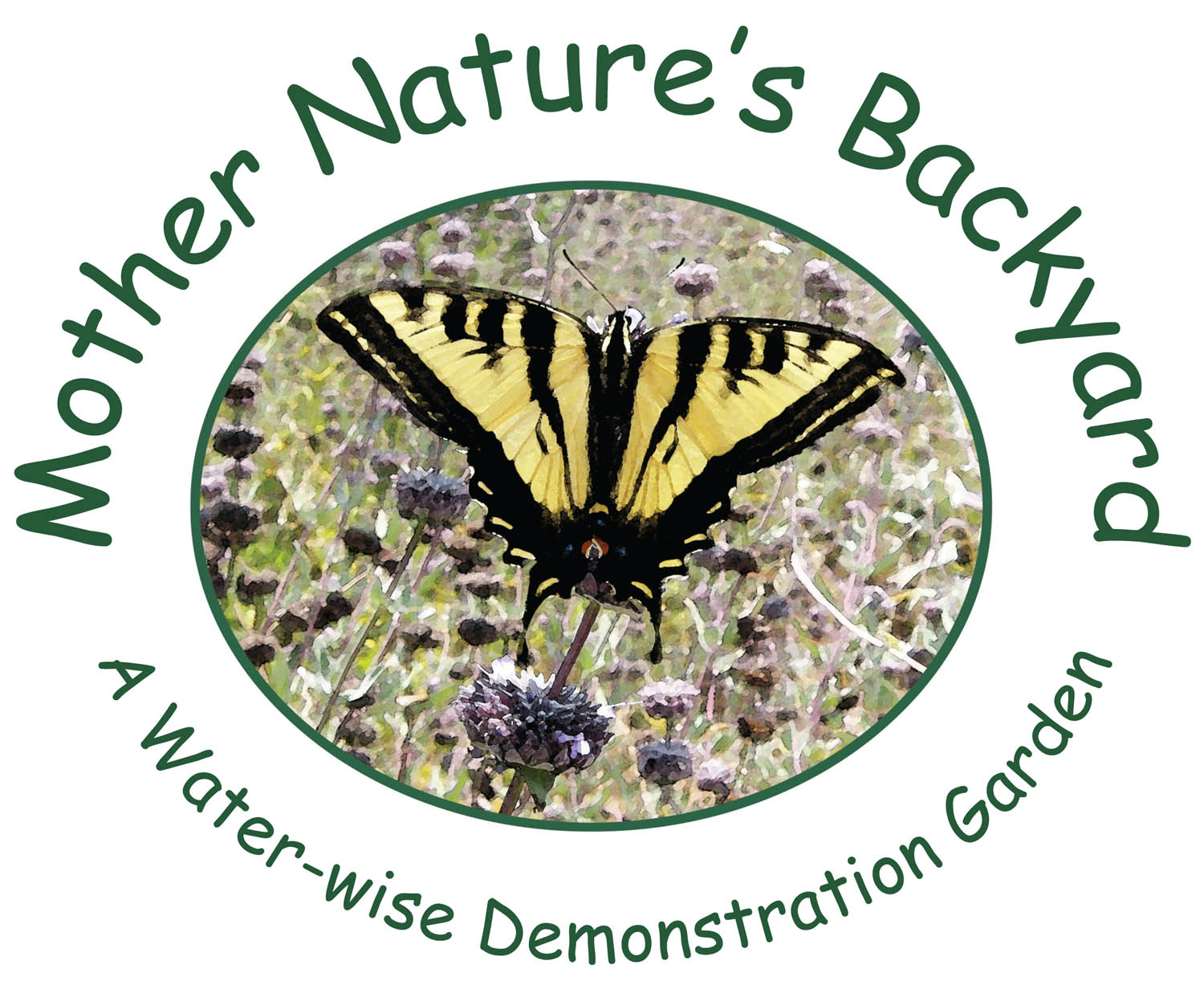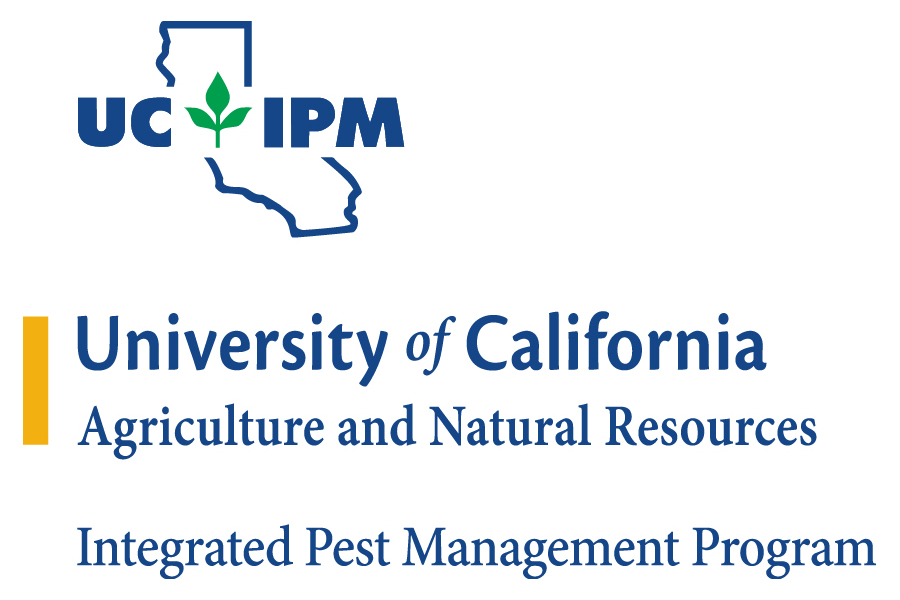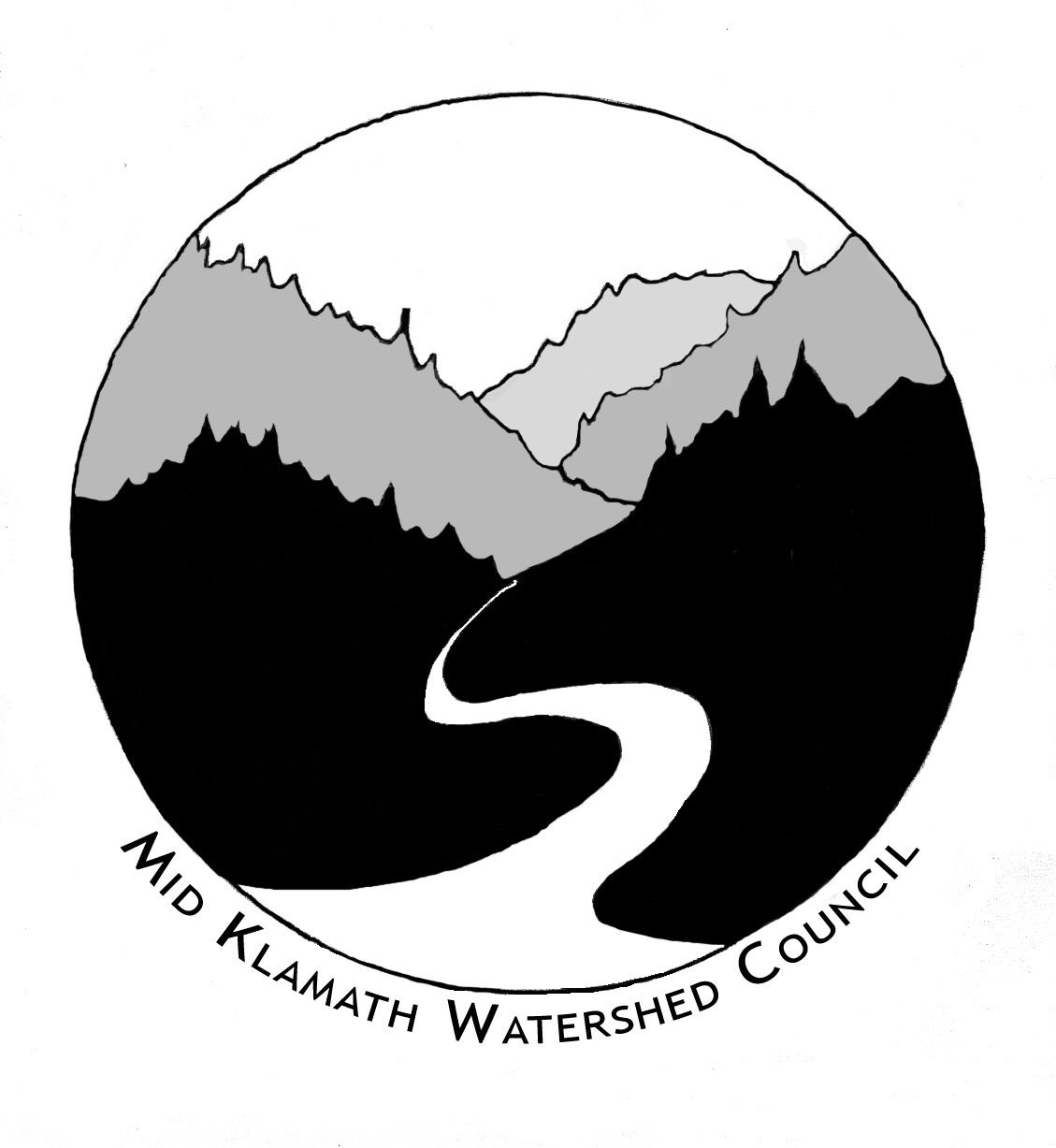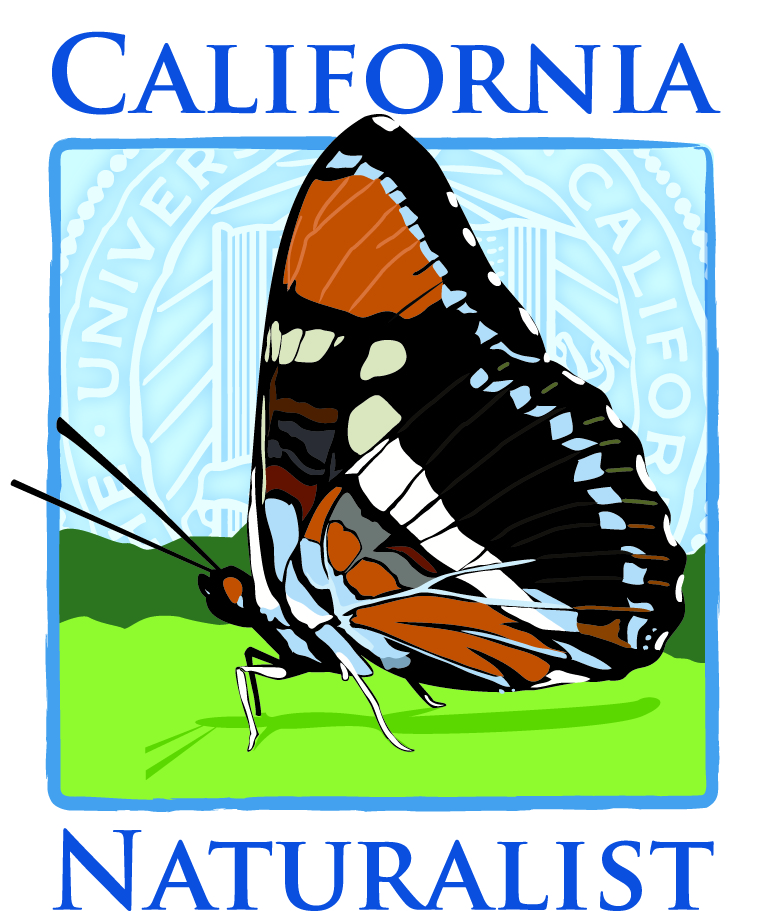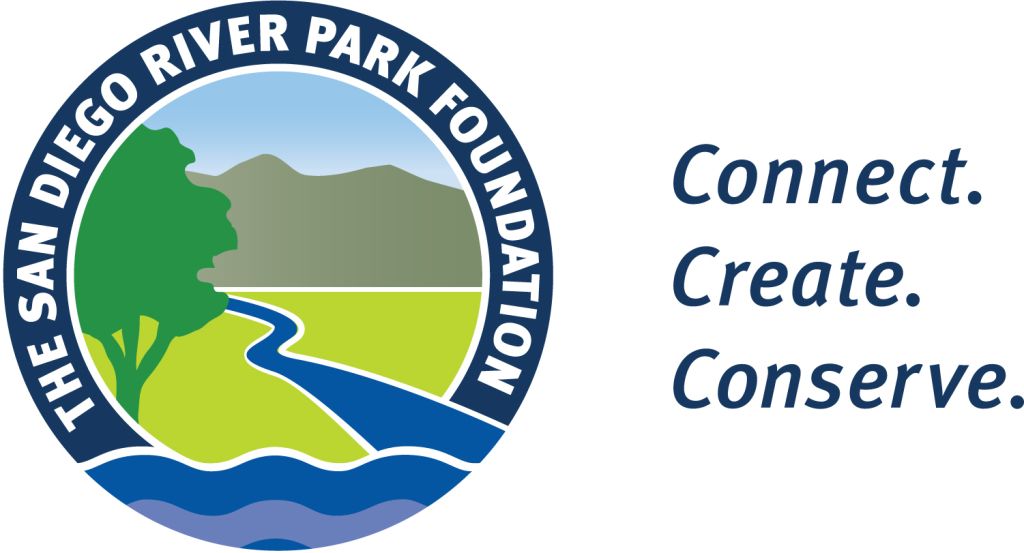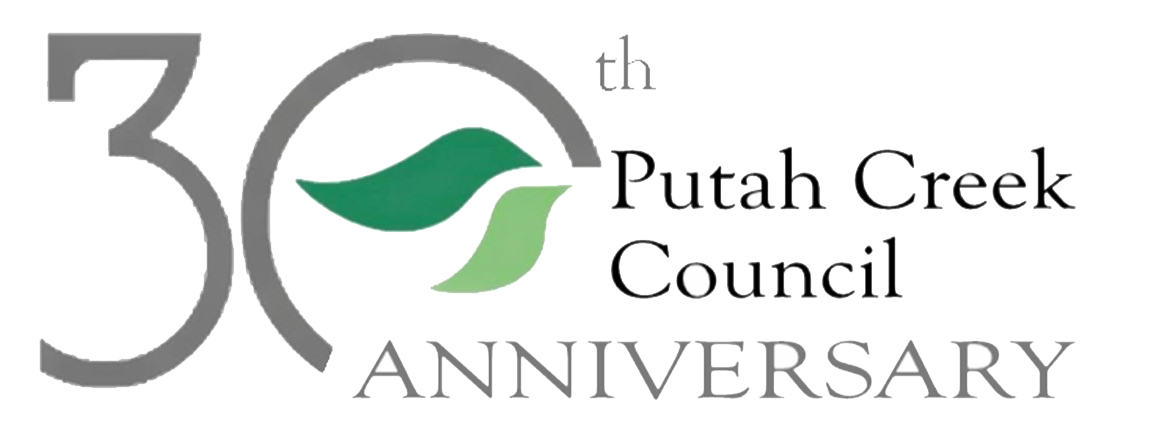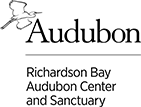Saturday, June 7 - Sunday, June 15, 2025
The California Invasive Species Action Week (CISAW) is a statewide, week long event created to increase public awareness of invasive species in our state and to promote public participation year round in invasive species management. Together we can protect California's natural resources!
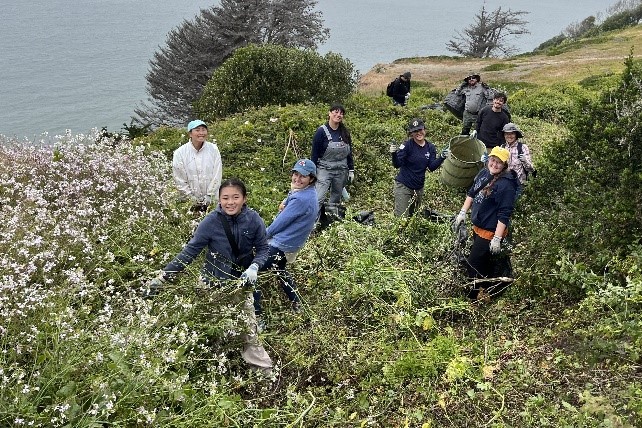 Volunteers with the Golden Gate National Recreation Area (GGNRA) remove invasive plants. Photo by GGNRA.
Volunteers with the Golden Gate National Recreation Area (GGNRA) remove invasive plants. Photo by GGNRA.
Ways You Can Participate This Week!
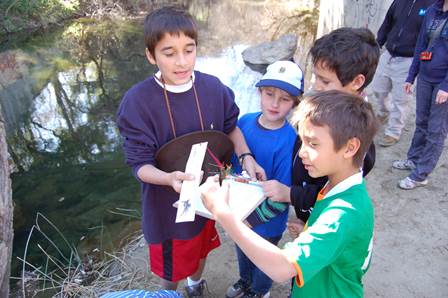 Youth volunteers with the Mountains Restoration Trust learn about and help remove invasive red swamp crayfish. Photo by John Burnap.
Youth volunteers with the Mountains Restoration Trust learn about and help remove invasive red swamp crayfish. Photo by John Burnap.
Learn
Actions for All Year
- Clean, Drain, and Dry (PDF) all watercraft, water toys, and any other equipment after every outing
- Select native or non-invasive plants for your garden
- Use only certified "weed-free" forage, hay, seed, mulch, soil, and gravel
- Avoid spreading forest pests: buy your firewood where you burn it
- Remove invasive plants from your property and replace with native plants
- Prevent the spread of plant pathogens that damage and kill California's native plants and trees
- For questions or assistance, contact Invasives@wildlife.ca.gov.
CISAW Partners
